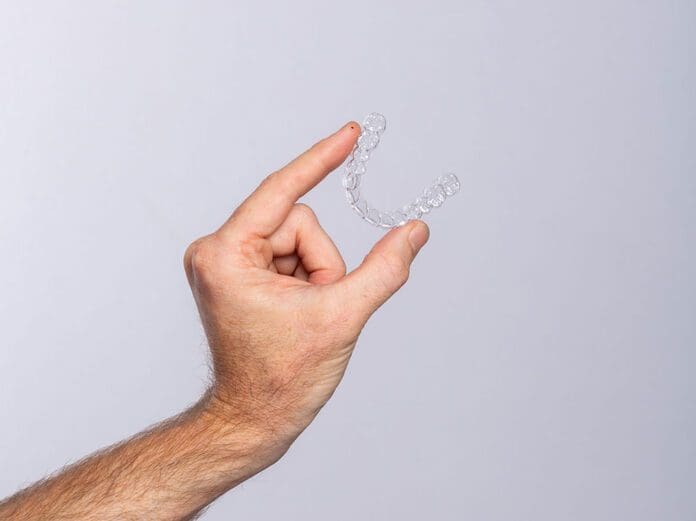Many people associate straight, white teeth with health and wellness. However, if your teeth aren’t naturally straight, or even if you previously had braces, you may want to consider getting teeth aligners. But how can you assess if your teeth need braces? And what should you do if you believe you need braces? Here are the 5 signs you may need to contact your orthodontist specialist to get teeth aligners.
-
Your teeth appear to be uneven and overcrowded.
When your teeth are crowded in your mouth, they might move and become crooked as they look for space. Also, because of the uneven spacing between the teeth, the top and bottom teeth may not line up properly. This can lead to eating difficulties and pain, as well as digestion problems, because food is not chewed properly, influencing how it is broken down in the body.
Overcrowding may occur if your adult teeth emerge before your baby teeth drop out, or if your teeth are too wide for the room in your mouth. Crowding worsens over time, making it difficult to clean and floss in certain regions. Plaque builds up on your teeth when you don’t keep them clean, which can lead to tooth decay, gum disease, foul breath, and bone loss.
-
You have an overbite
The vertical and horizontal overlap of the front teeth is referred to as an overbite. The different degrees of an overbite vary, but an overbite is generally evident when the front teeth protrude significantly more than the bottom teeth.
The following concerns and oral health problems may result from an increased overbite:
- Front teeth are at a higher risk of being damaged.
- In the event of an injury, the chances of shattering the front teeth are significantly increased.
- Dental restorative treatment such as aesthetic fillings, crowns, and veneers might cause complications and have a shorter lifespan.
-
There is an excessive amount of space between your teeth.
Too much room between your teeth is the opposite of crowding. These are obvious gaps that can occur as a result of missing or underdeveloped teeth.
This problem can also be caused by teeth that are smaller than usual. Having too much space between the teeth, regardless of the origin, can cause difficulties if not treated. Gaps in the teeth allow food to become lodged, which can lead to gingivitis.
Although you might not believe germs could survive in such an open setting, exposed gums are an ideal environment for bacteria to thrive and become a problem. This can eventually lead to tooth decay, thus closing the gaps between the teeth is critical to general oral health.

-
You are suffering from jaw discomfort.
Dental misalignment could be indicated by clicking or creaking pain in the jaw. It can be reduced by straightening the teeth and correcting the bite at the same time. Jaw pain must be treated as soon as possible.
If you encounter any pain or discomfort during biting or chewing, you should see a doctor right away. You may not be able to notice any misalignment, however, that doesn’t mean you’re safe.
-
You have an underbite
An underbite, also called prognathism, may be more visible since the jaw misalignment is visible. If your lower teeth protrude outward or come out in front of your upper teeth, braces could substantially improve your smile.
A significant underbite can result in facial deformities and might interfere with chewing, swallowing, and speech. And, if left untreated for too long, the misalignment can erode tooth enamel and cause diseases.
Recap
It’s always a good idea to examine your oral health and consult with your dentist to determine if any of these symptoms apply to you. If they do, then you may be the perfect candidate for teeth aligners.



























